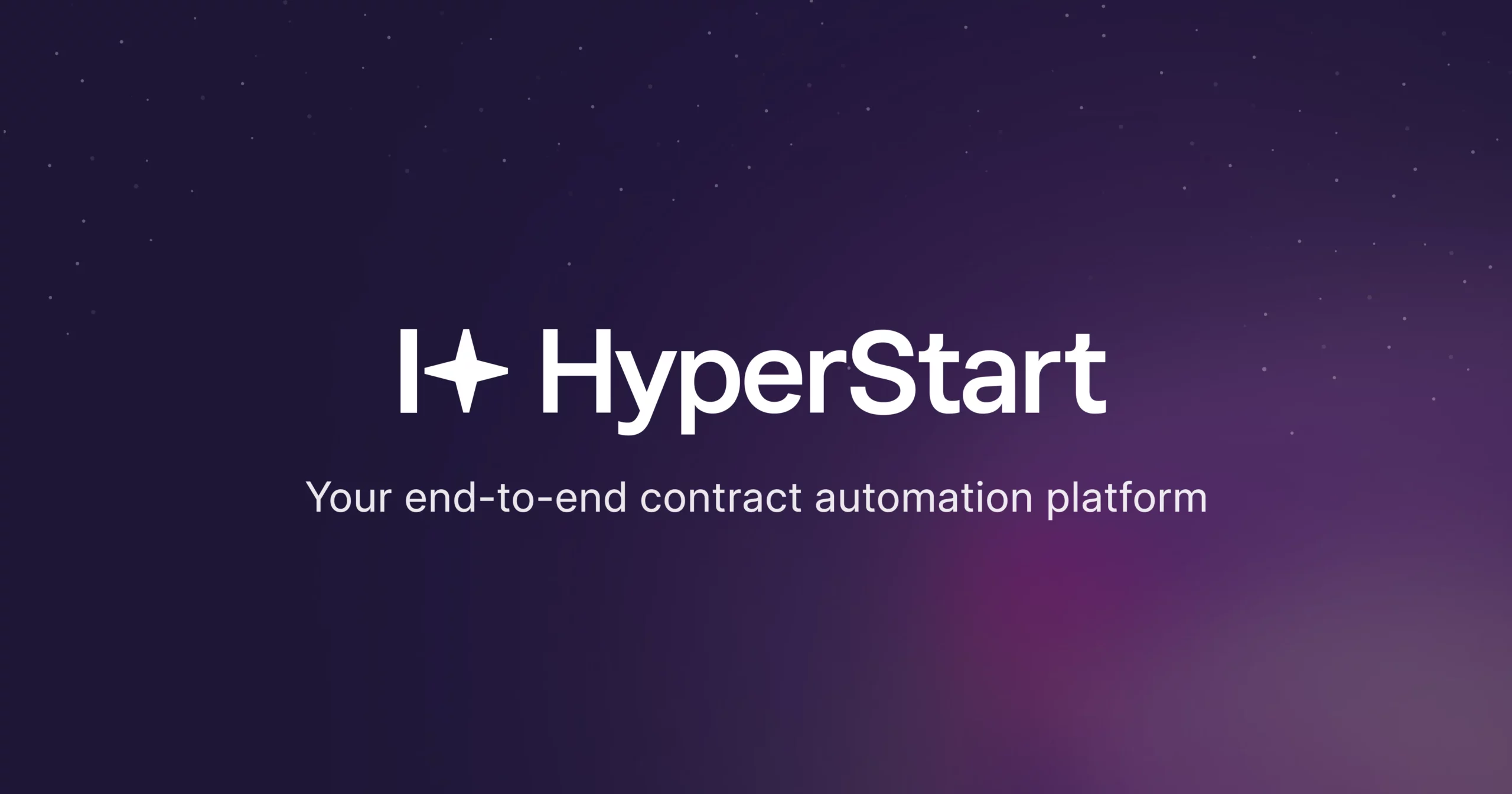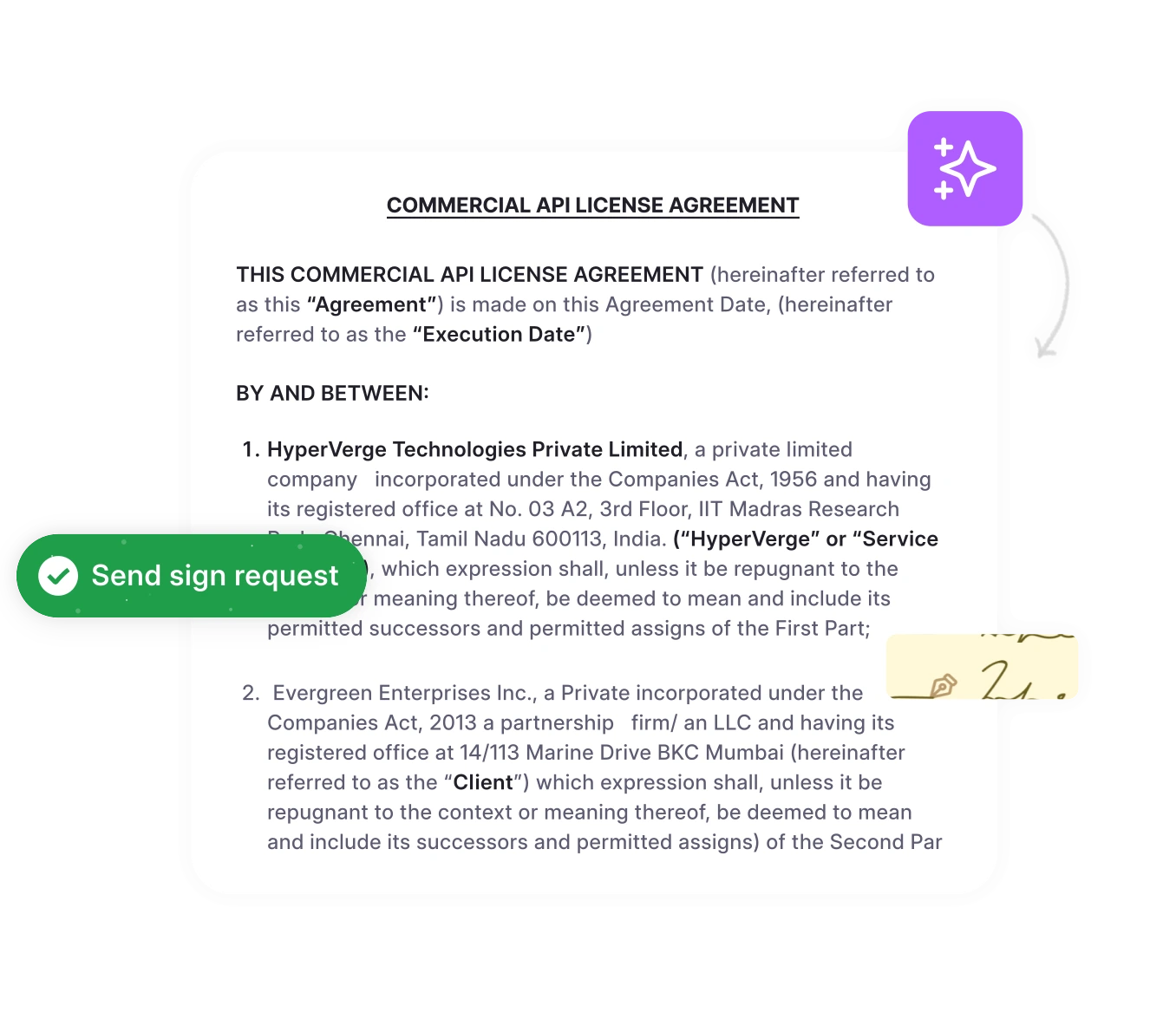A contract management strategy gives direction to your contracting efforts—ensuring frictionless, bottleneck-free, and efficient contract administration. Wondering what contract management strategies are and how to create one for your contracts? You’re at the right place.
Read this blog to learn how having a strategy can improve your contract management processes. Get the right process for creating a strategy for your contracts’ administration and understand the best practices and tips for the most effective contract handling. Let’s start.
What is a contract management strategy?
A contract management strategy is a plan of action for managing contracts in an organization. A strategy helps create a path for successful contract management, guiding legal professionals, contract managers, and other business teams in the right direction in the contract management process—creation, approval, signature, storage, tracking, and monitoring.
According to a report by KPMG International, up to 40% of contract value can be lost due to inefficient contract management practices. A robust contract management strategy can prevent this revenue leakage and enhance contract work in your organization.
There’s more to why you should have a contract strategy. The next section discusses the importance of strategizing contract management for legal teams and contract managers.
The importance of having a strategy for contract management
Managing contracts without a concrete CLM strategy is like building a house without a blueprint. You may eventually get the walls up, but the process will be chaotic and full of unexpected hurdles.
Contract management strategies, on the other hand, provide a solid blueprint that helps reduce friction in contractual processes. Here are 6 advantages of strategically managing contracts:
Accelerates contract turnaround time (TAT) with less friction
Improves contract visibility and monitoring
Maintains contracting safety, security, and confidentiality
Helps gain a deeper understanding of the contract portfolio
Enhances contracting outcomes and operational efficiency
Ensures proper obligation tracking and fulfillment
Manage Contracts Using AI
Switch to HyperStart CLM to create, agree, and find contracts 80% faster. Automate routine contracting tasks with AI tech that works.
These are the benefits of managing contracts strategically. However, how does one create a strategy for contract administration? Keep reading to find out the answer to this question.
7-Steps to developing a contract management strategy
Here’s the step-by-step process of creating a successful contract management strategy for your contract management lifecycle processes:
1. Assess current contractual processes
Start with a detailed audit of your current contracting processes.
Map out the current workflows, approval processes, stakeholders, and approval times.
Identify inefficiencies, bottlenecks, most time-consuming CLM stages, and problem areas.
2. Identify key contracting stakeholders
Determine who needs to be involved in contract management and to what extent.
Internal stakeholders from teams like legal, finance, and operations will have different roles in the contract’s lifecycle.
Create a stakeholder matrix defining the roles and responsibilities of each stakeholder in the contracting process.
3. Establish strategic outcomes and contracting KPIs
Align CLM processes with broader business objectives by choosing the right contract management KPIs.
Define the ideal cycle time, compliance rates, and quality benchmarks.
Set measurable outcomes and benchmarks for each KPI (E.g., a 20% improvement in contract TAT), and continuously report on metrics.
4. Define contracting workflows
Pre-define contracting workflow steps for each stage of the contract lifecycle.
Establish clear roles for each step, from contract request generation to creation, review, negotiation, approval, signature, storage, and tracking.
Create detailed flowcharts and walkthroughs to help internal teams navigate through the contract workflow.
5. Set up a contract playbook
Create a playbook outlining best practices, standard clauses, and approved language in contracts.
Use the playbook as a reference point throughout the CLM process.
Review and revise the playbook routinely to ensure it complies with the latest contracting and business objectives and legal requirements.
6. Integrate a CLM software for auto-tracking
An automated contract management system like HyperStart CLM helps auto-pilot contract management processes.
Standardize and automate contract creation, review, approval, signing, data analysis, and tracking.
Set reminders for tracking obligations, renewal dates, and other deadlines and get real-time reports on CLM performance.
7. Conduct periodic contract performance reviews
Assess and manage contractual performance to understand the success of the contract management strategy.
Compare actual results with the set benchmark to derive values and measure success.
Use insights to fine-tune the contract management strategies and business processes.
Accelerate Contract TAT By 5x
HyperStart CLM automates contracting with AI. Spend more time focusing on what matters the most and automate the rest through our next-gen AI.
Follow this process for strategic contract management planning and improve contracting efficiency. While planning your contracting strategy, some practices must be considered. Let’s look at some dos and don’ts for contract strategy planning.
3 dos and don’ts for planning a successful contract strategy
Here are the latest best practices for effective contract management and contract strategy planning that can help you get the best results from your contract management plan:
| # | Dos of Contract Strategy Planning | Don’ts of Contract Strategy Planning |
| 1 | Involve key stakeholders in the strategic planning process. | Delay periodic reviews and CLM performance tracking. |
| 2 | Use a unified CLM software for start-to-end contract management. | Complicate contract management workflows for each agreement. |
| 3 | Automate obligation tracking, renewal reminders, and compliance monitoring. | Go for manual contracting processes, including creation, approval, and tracking. |
Incorporate these practices when strategizing your contract lifecycle process for maximum efficiency and success. Now that you know all the bases of contract management strategy, you are all set to manage your contracting processes.
Manage contracts 80% faster with HyperStart CLM
Strategizing contract management is important for the best CLM outcomes. However, along with a solid strategy, you need reliable and automated contract management software to co-pilot your strategy.
If you are searching for such a tool, choose HyperStart CLM.
HyperStart CLM offers 99% accurate AI that easily handles all your contract management requirements. With HyperStart CLM, you can dodge the hurdles of manual processes and accelerate CLM. Here are a few reasons to pick HyperStart CLM:
Generate contracts in 2 minutes
Negotiate contracts 75% faster
Review clauses 10x faster
Save $20 per contract
2-second contract retrieval from a centralized repository
Still unsure? Book a demo with our experts today and discover unique use cases of HyperStart CLM for your organization. Get started with a 14-day cost-free trial and continue only if satisfied.








![8 Stages of Contract Lifecycle Management Process [A Detailed Guide]](https://www.hyperstart.com/wp-content/uploads/2024/05/3.-Contract-Lifecycle-Management-Process.webp)



